“Abled does not mean enabled. Disabled does not mean less abled.”
― Khang Kijarro Nguyen
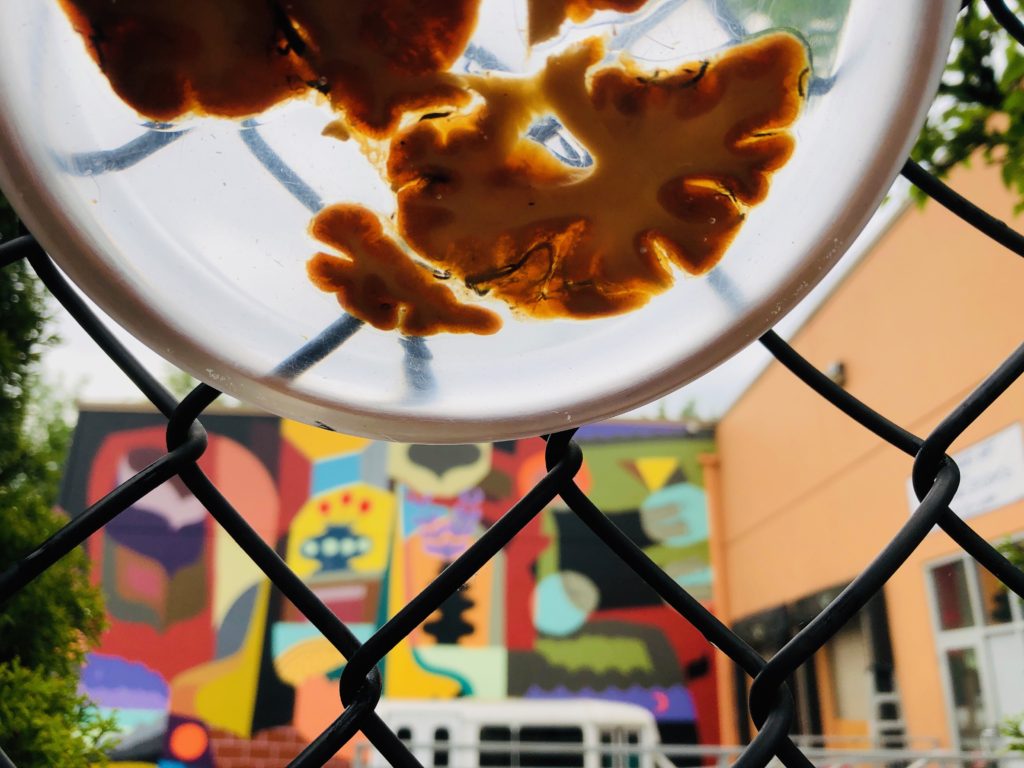
We are unique, all 7.7 billion of us here in 2019 – a remarkable number that’s literally doubled over the last half century. Think of all those brains wiring up under particular circumstances, subjected to different biases, environments, opportunities, expectations, insults and change…
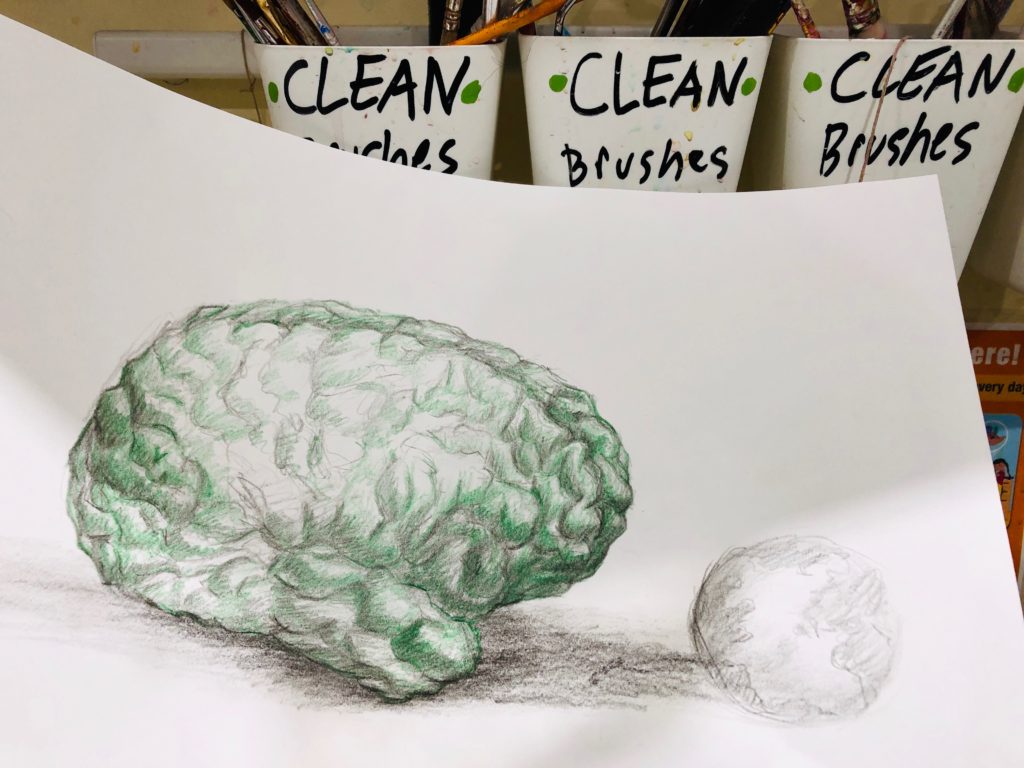
“I know there is strength in the differences between us. I know there is comfort, where we overlap.” –Ani DiFranco
I taught a Neurology of Speech & Hearing course at Portland State University for many years, and always emphasized how speech disorders, including expressive aphasias (Broca’s for example, which reduces fluency), or stuttering, or dysarthria (damaged output to the muscles of articulation) did not indicate any less complexity or value of someone’s thoughts or ideas.
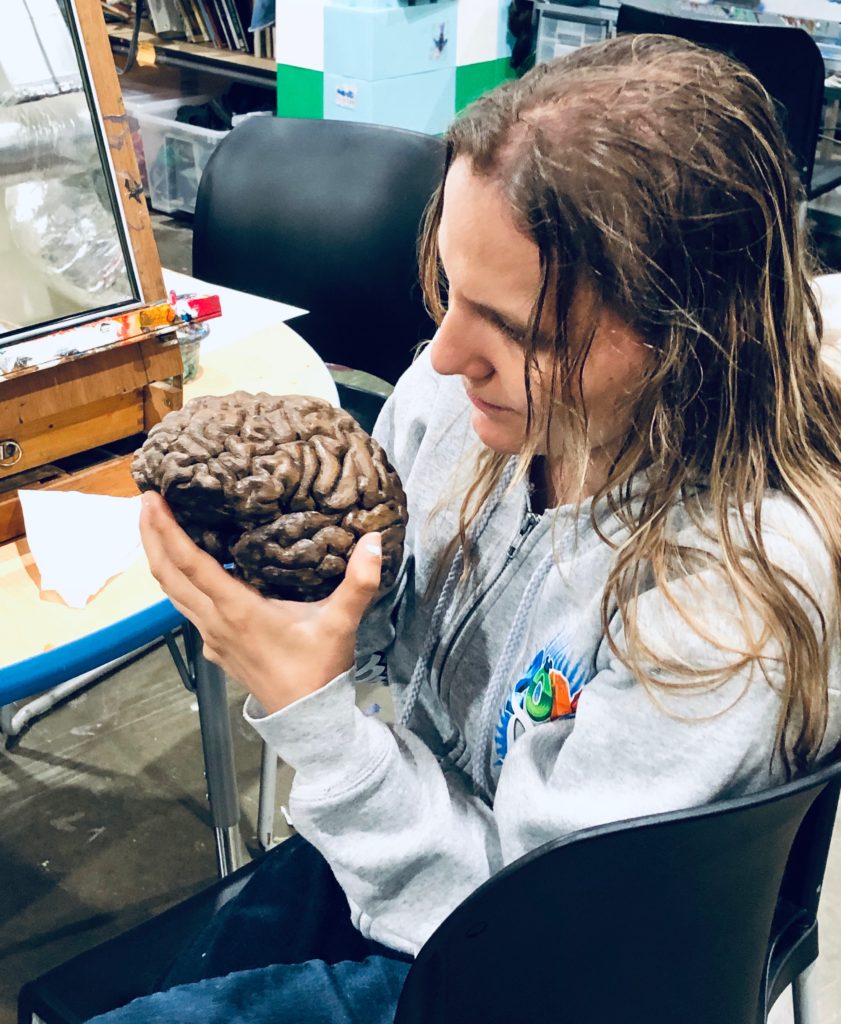
Not everyone sees the world in the same way, with shared biases – or focuses on similar details. Waiting and listening, not leaping in to finish sentences, and allowing sufficient time for reflection, gathering thoughts, and preparing expression of personal insights lets more of us join in, participate, discover and contribute to the conversation.
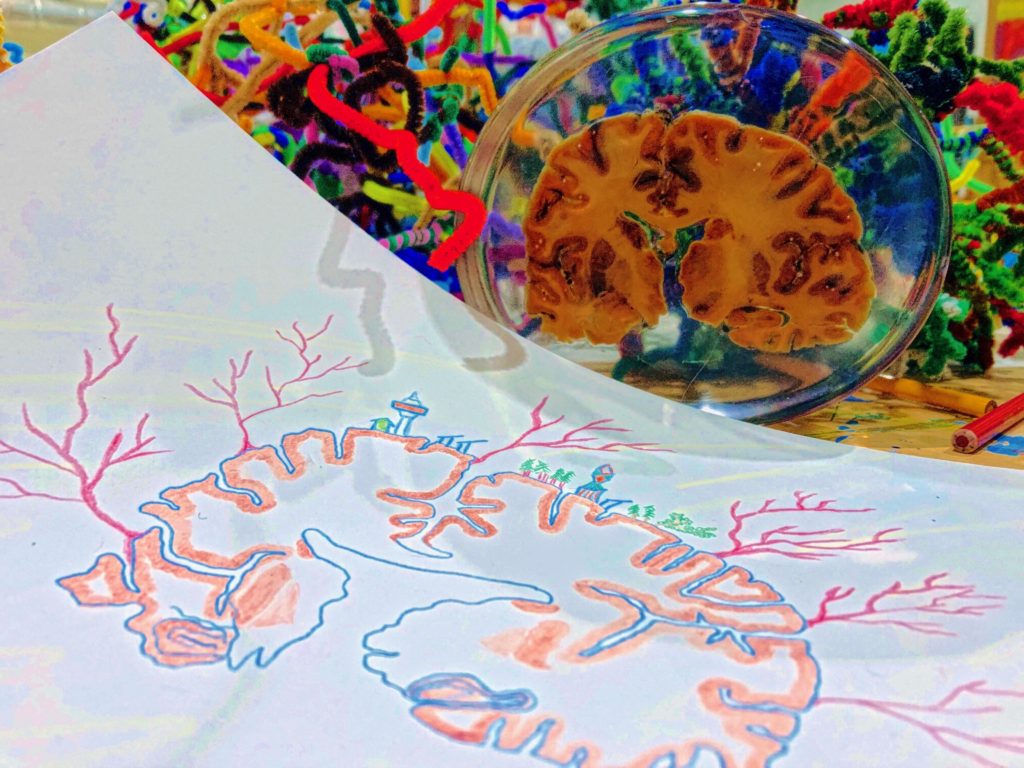
LEARN MORE: Seeing us all through neuroscience and art
LEARN MORE: Race, Bias & Brain: You Can’t Control Art
LEARN MORE: Corrections, bias & brain
Art is astonishingly expressive for many people, including those with acquired or developmental disabilities.
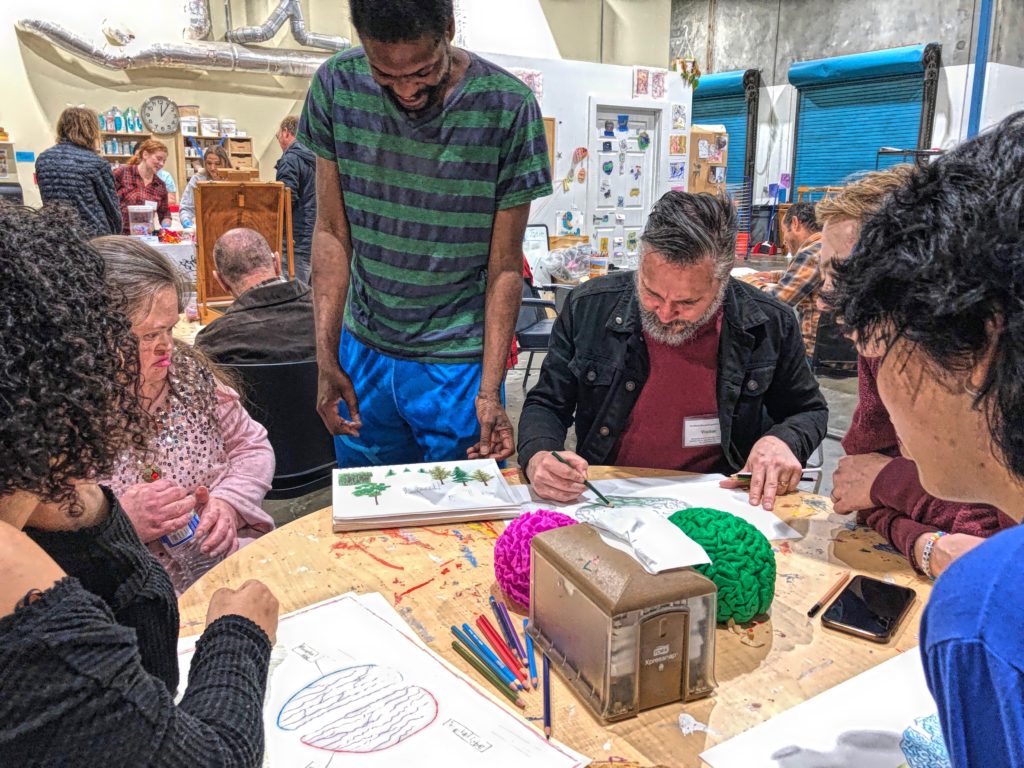
“Art does not aspire to entertain. It aspires to converse.” – Barry Lopez
Exploring ideas through drawing, painting, ceramics, poetry, storytelling, music and dance lets many finish their sentences, and contribute their own thoughts. There is not necessarily one right answer to every question, and perhaps many compelling models to fit the available data and point us in new, creative and more innovative and effective directions…
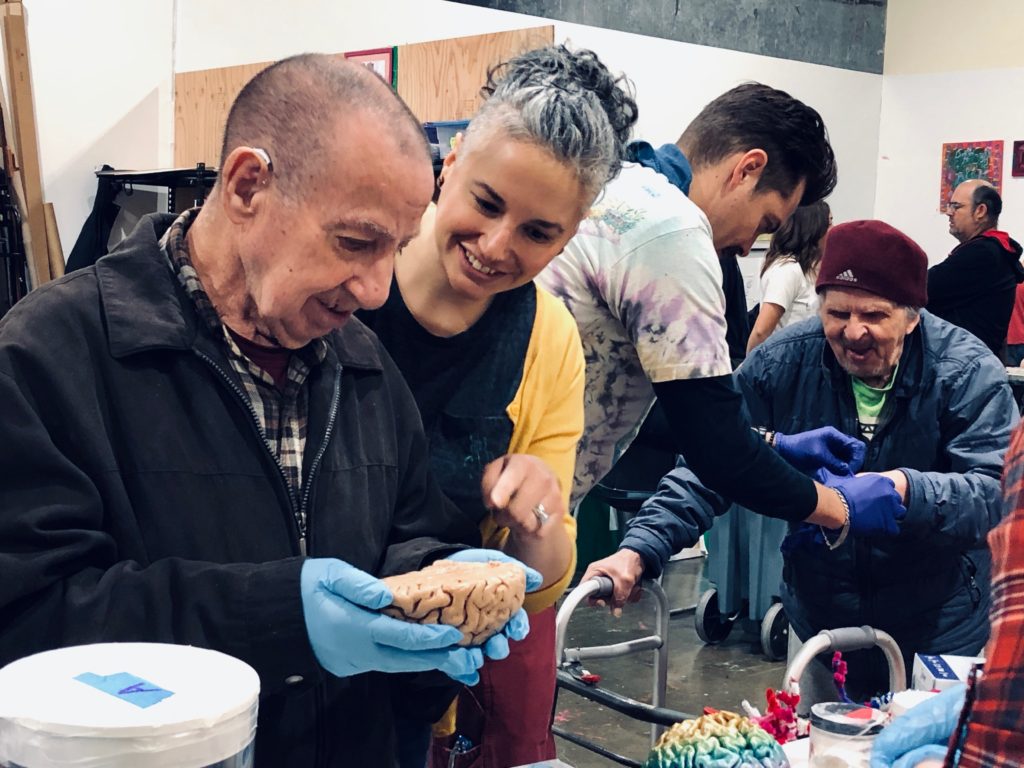
LEARN MORE: The Connection Between Art, Healing, and Public Health: A Review of Current Literature
LEARN MORE: The State of the Science of Health and Wellness for Adults With Intellectual and Developmental Disabilities
LEARN MORE: Creative Arts Interventions for Stress Management and Prevention—A Systematic Review
So we were absolutely thrilled to be invited to bring our outreach volunteers and real (extra!) human and animal noggins to visit the Portland Art & Learning Studios in NE Portland last month – to draw and sculpt brains!
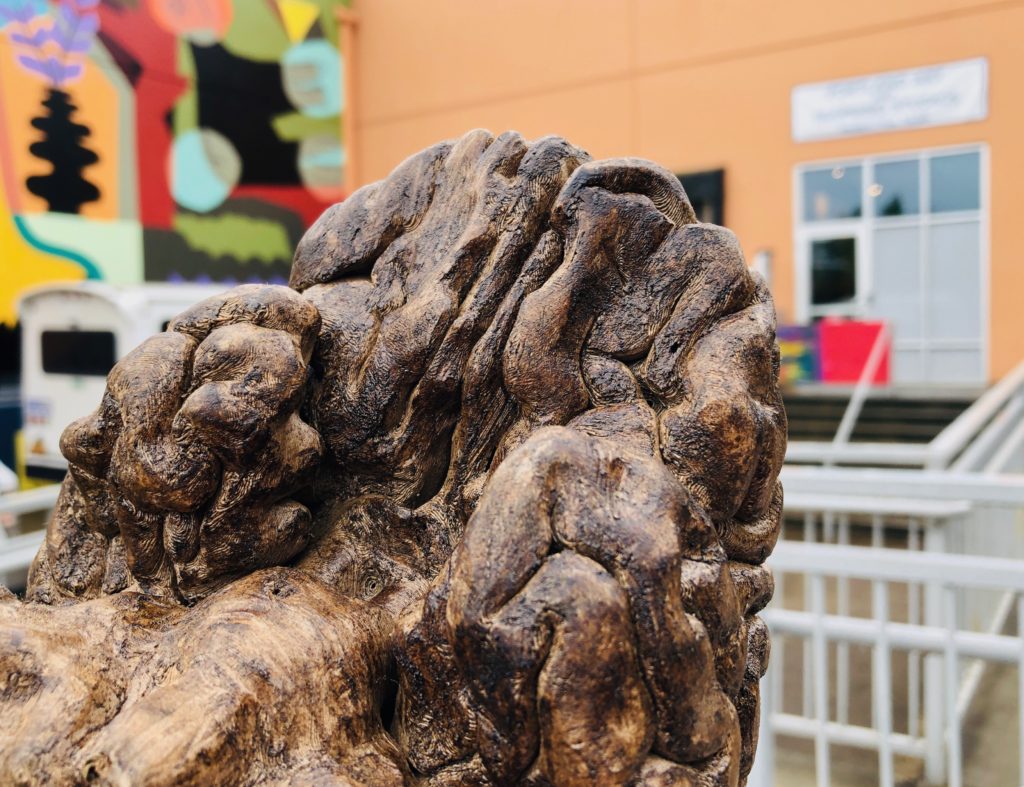
LEARN MORE: NW NOGGIN ON MAY 28TH
LEARN MORE: Portland Art & Learning Studios
LEARN MORE: NW NOGGIN’S VISIT TO PALS
The Portland Art & Learning Studios is an eye-catching, mural-painted, 10,000 square foot art studio and gallery on NE MLK Boulevard “for adults experiencing intellectual and developmental disabilities.” PALS is a program of Albertina Kerr, which for more a century has supported people with “…disabilities, mental health challenges and other social barriers to lead self-determined lives and reach their full potential.”
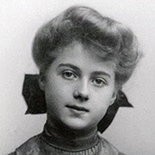
Who was Albertina Kerr? She grew up in Portland, and dropped out of Lincoln High School to work for the Kerr Glass Company. There she met and then married the owner, Alexander Kerr (helpful Oregonian headline at the time: Rich merchant divorces wife!). After their son John was born in 1911, she contracted typhoid fever on the Oregon coast. Her last request was to “look after the motherless babies,” and her husband obliged, establishing an orphanage. The mission has expanded substantially since then…
LEARN MORE: Albertina Kerr Centers
From Gallery Director Daniel Rolnik: “We would love to have NW Noggin come to our studio with brains, so our artists can draw them! It would be incredible!!!”
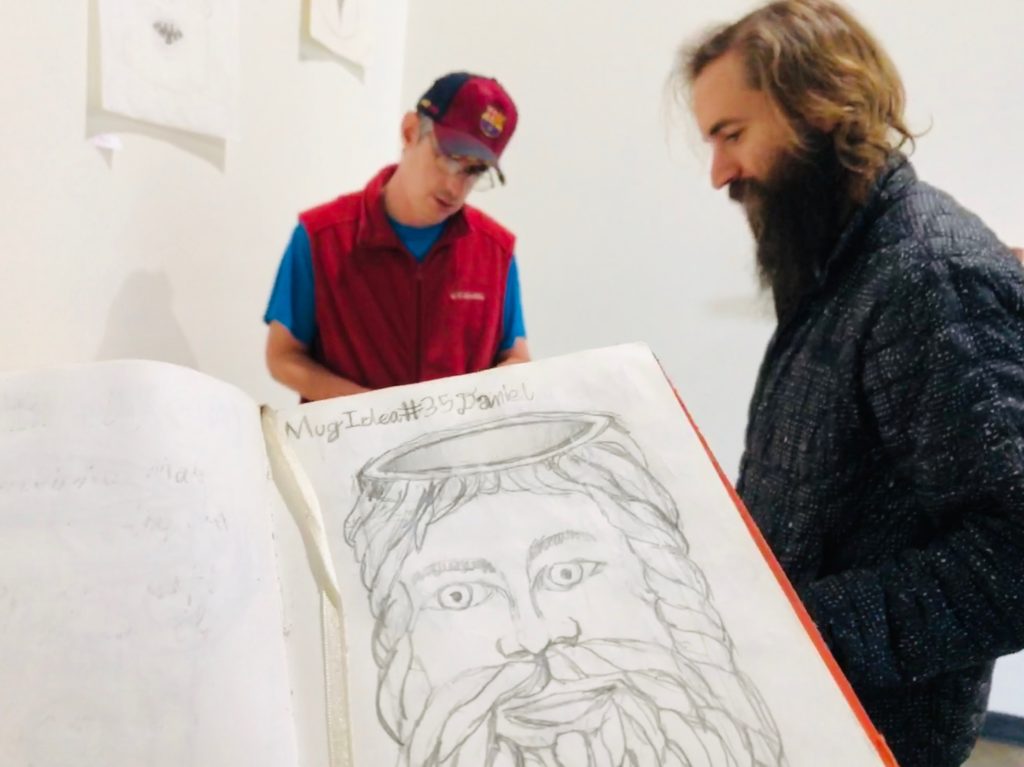
We enthusiastically agreed!!
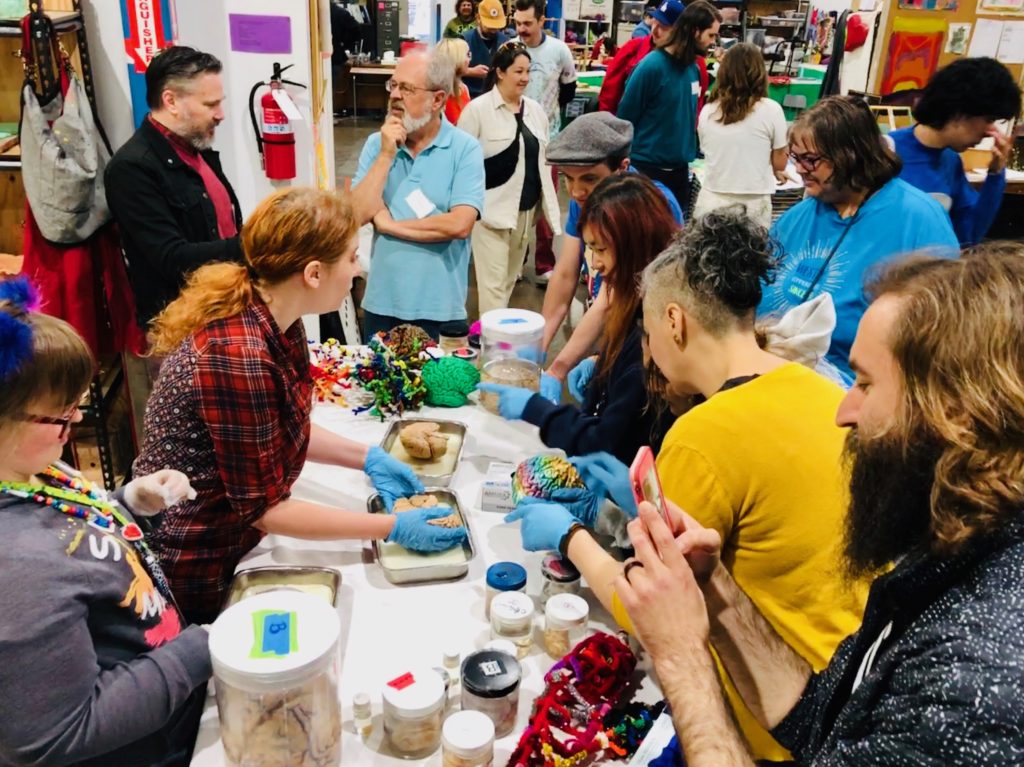
So we gathered another creative, cerebral crowd of outreach volunteers, including Joey Seuferling from NW Noggin, Allie Clark from OHSU, Alyona Kurelenkova from Portland State University (PSU), Isabella Maranghi from PSU and the NIH BUILD EXITO program, and Kierra Wing, Zachary Fedenic and Jonathan Cuello from the PSU University Studies Freshman Inquiry (FRINQ) course on the Neuroscience of Creativity and Learning…
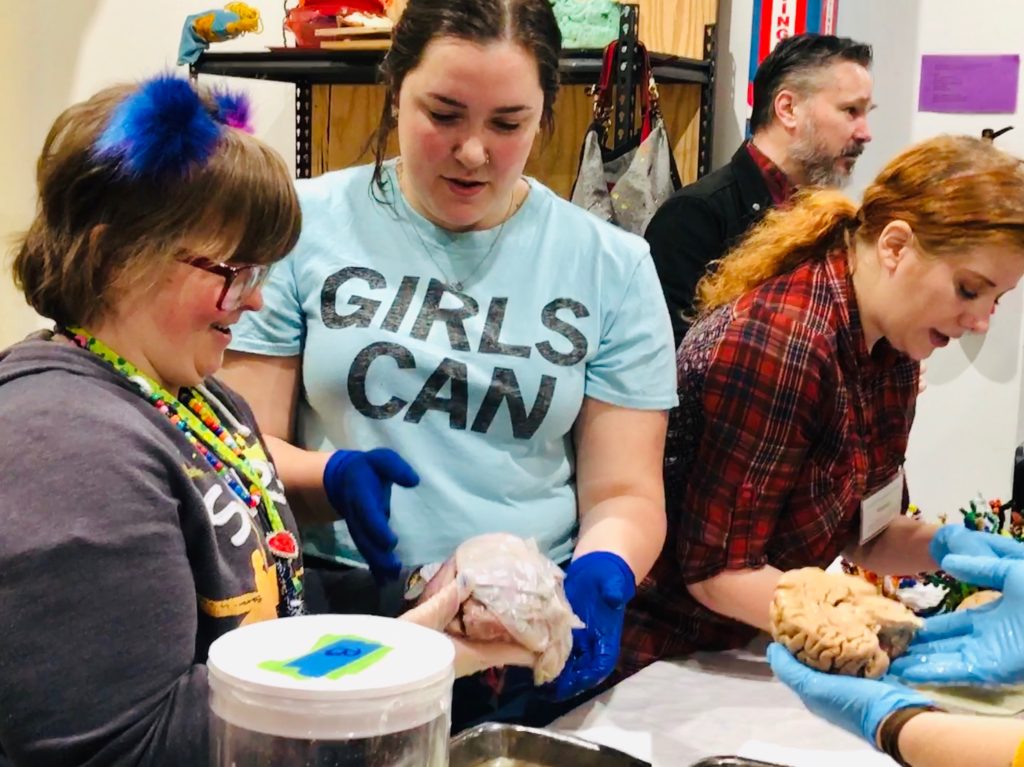
We cruised our cephalically-crammed Noggin cart into the light-filled, expansive studio space and immediately dove into exciting conversations about brains, brain research, disability, wonder, creativity and art…
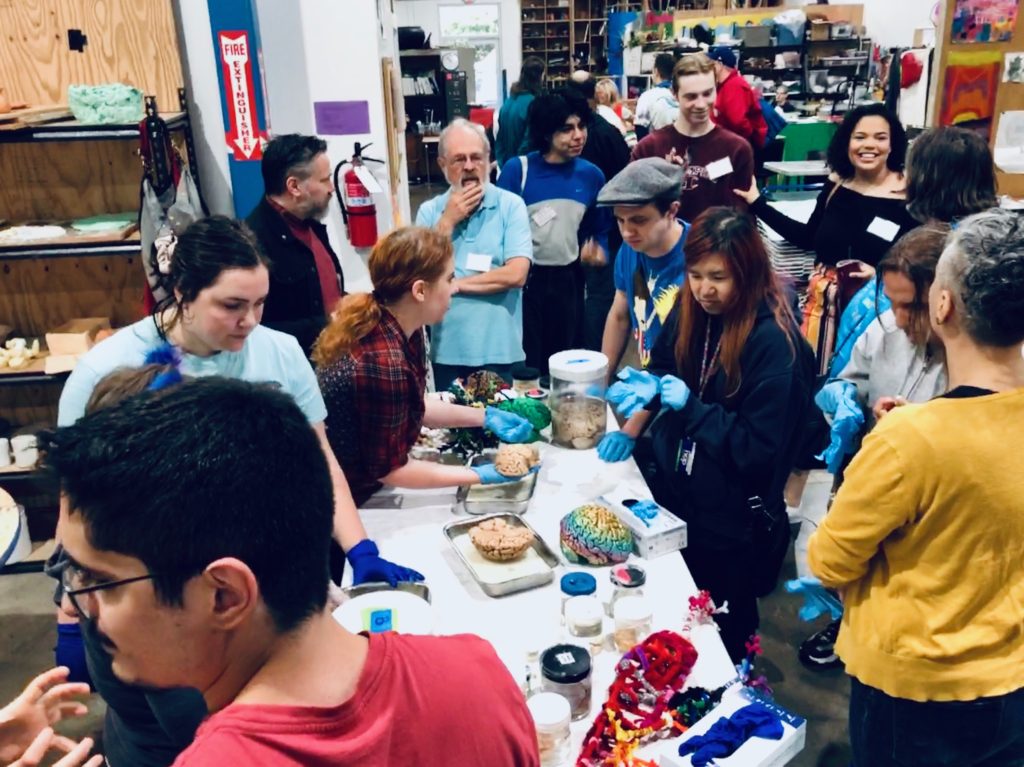
This being our beloved Portland, we also had the opportunity to speak with Jim Stewart, the Curator of the fascinating Zymoglyphic Museum (‘zymo-‘ for enzymatic change, and ‘glyphic’ for the societal/cultural symbols undergoing this creative fermentation, or change)…
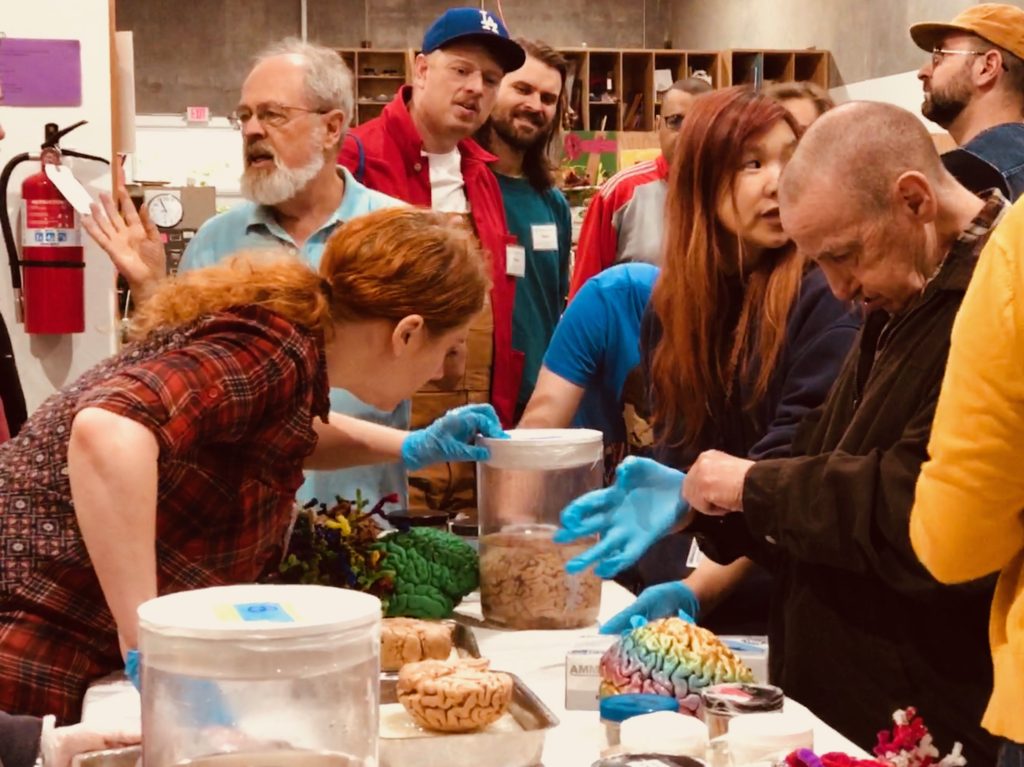
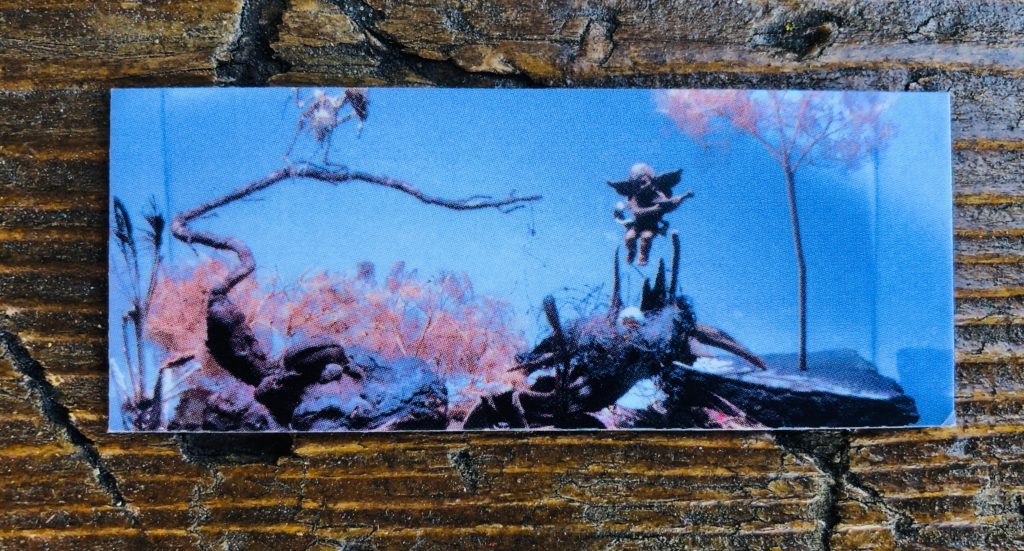
LEARN MORE: The Zymoglyphic Museum is a Self-Contained World of Rogue Taxidermy and Steampunk
LEARN MORE: Take a Look Inside the Zymoglyphic Museum
We also met some of the most interesting, enthusiastic and talented artists, many of whom exhibit their works around North America. We answered probing questions, listened, laughed and smiled, and gathered round coronal slices, 3D brain prints and cerebral hemispheres to draw…
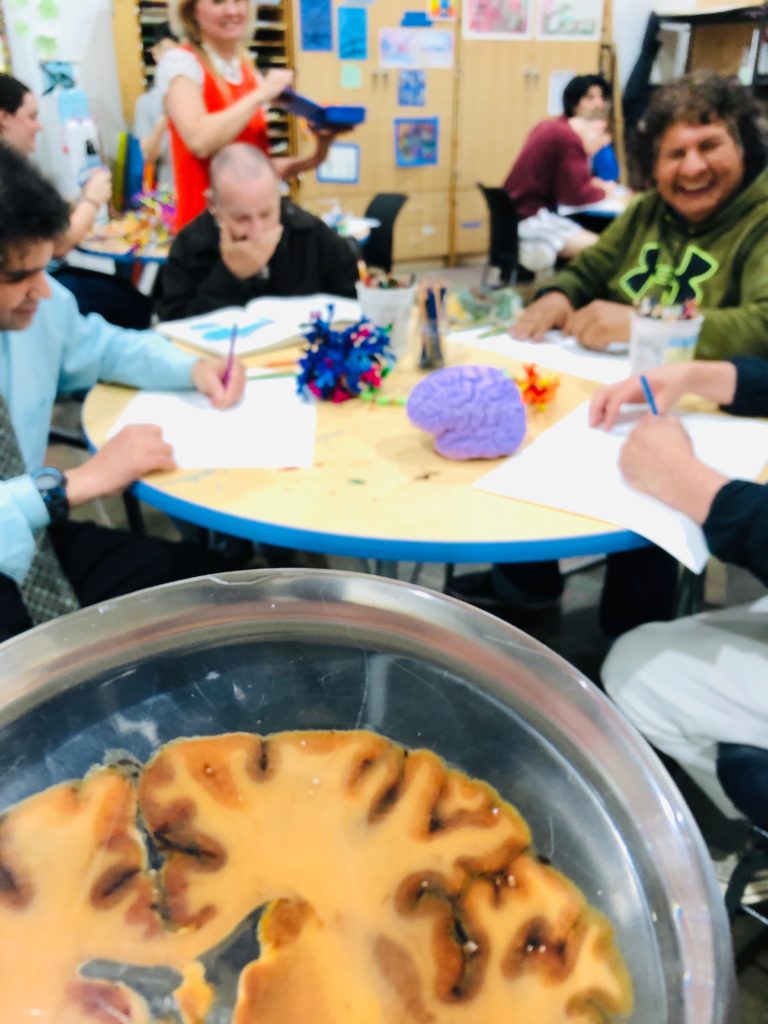
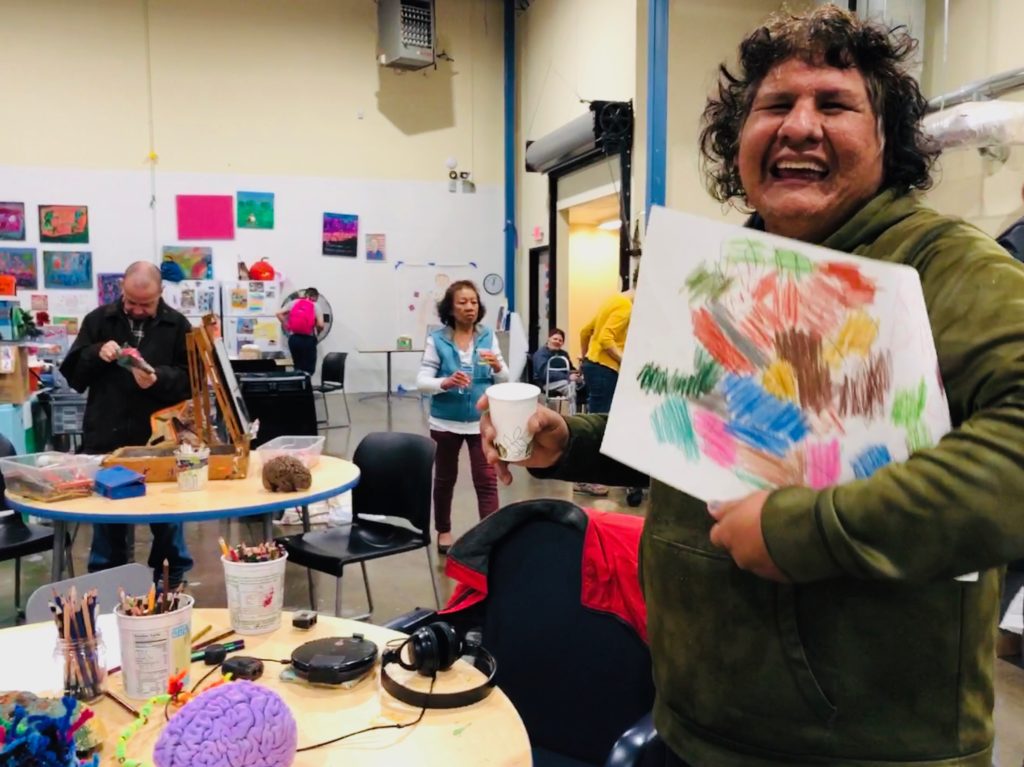
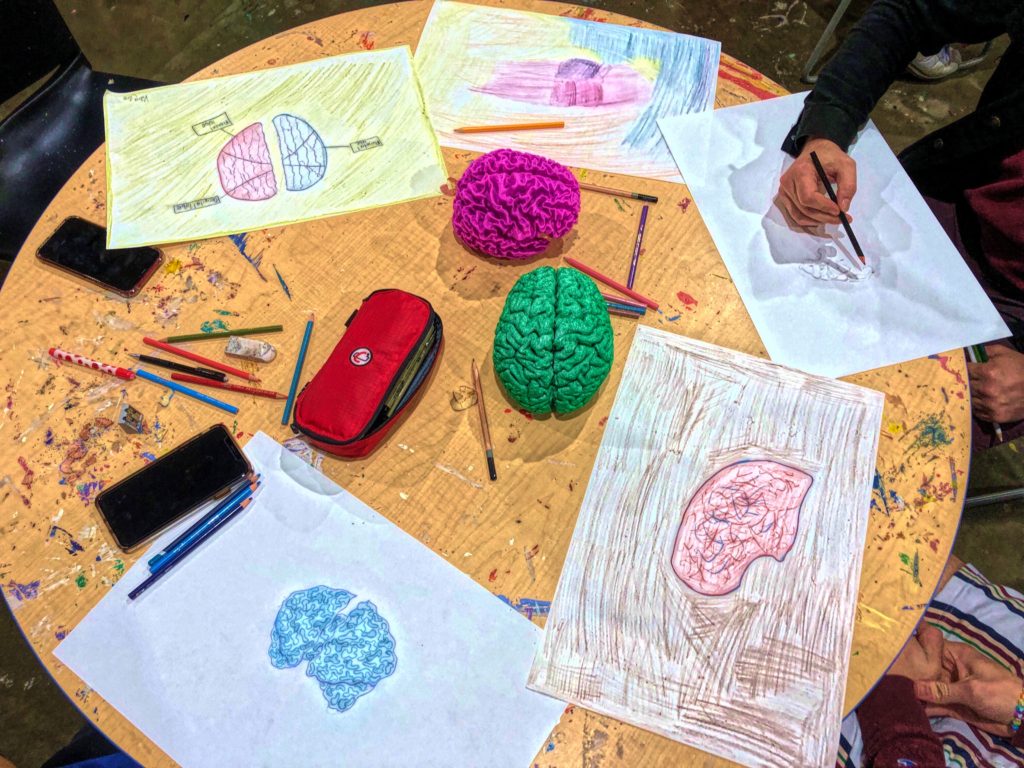

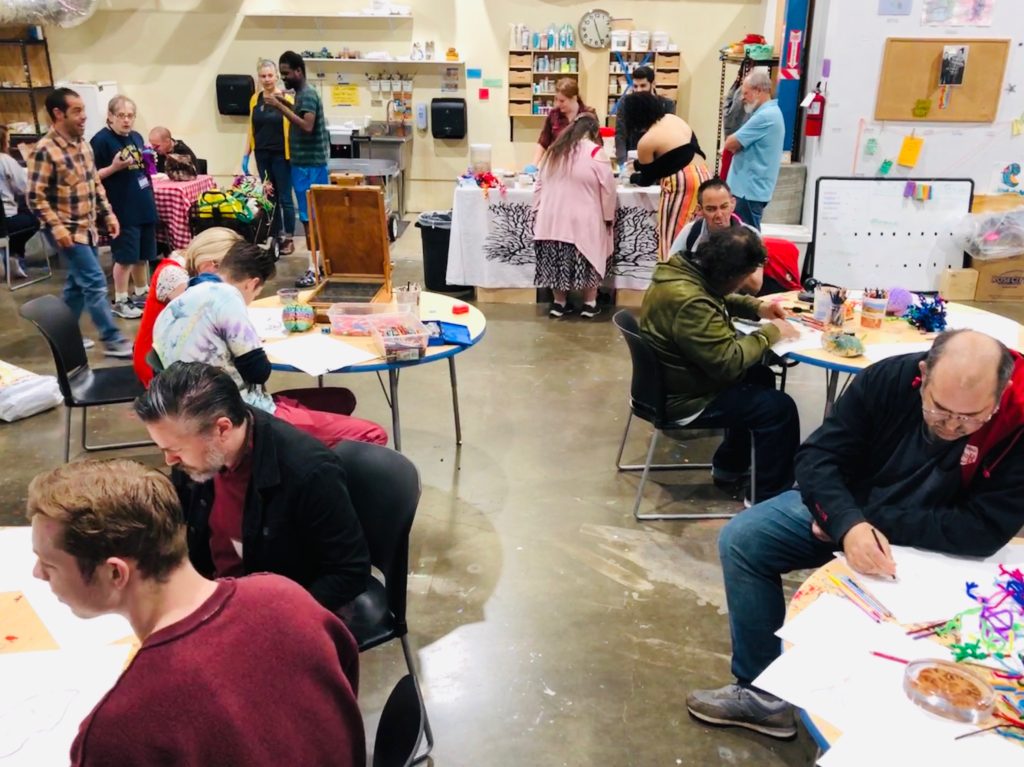
“Art is unquestionably one of the purest and highest elements in human happiness. It trains the mind through the eye, and the eye through the mind. As the sun colors flowers, so does art color life.” ~John Lubbock
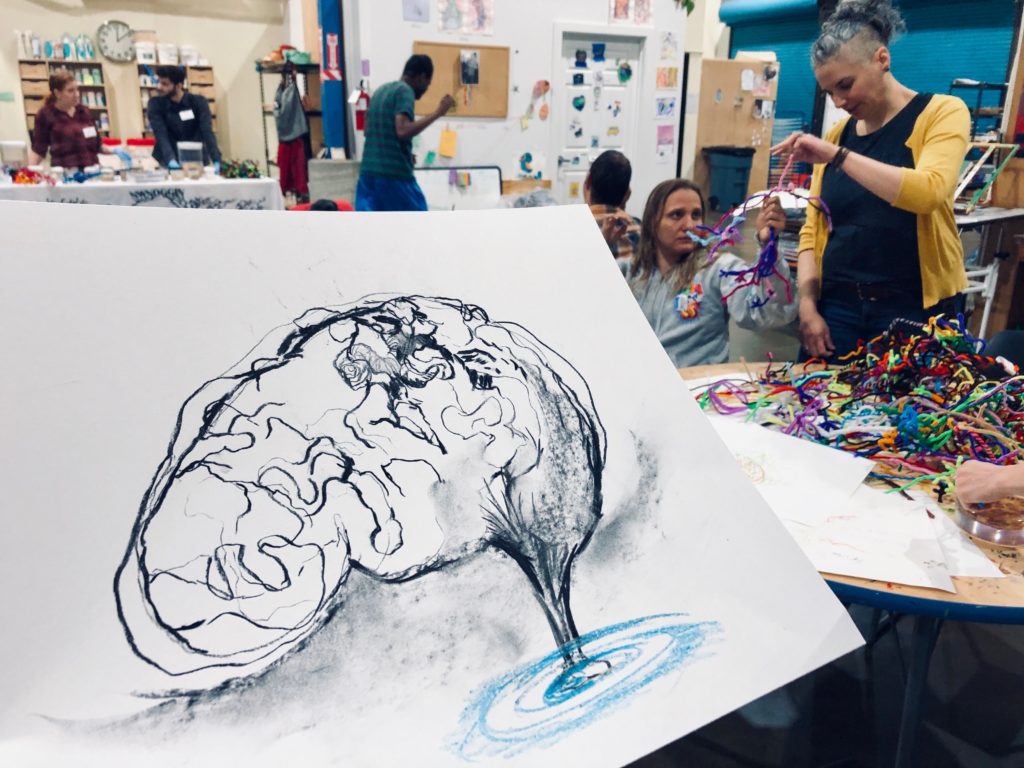
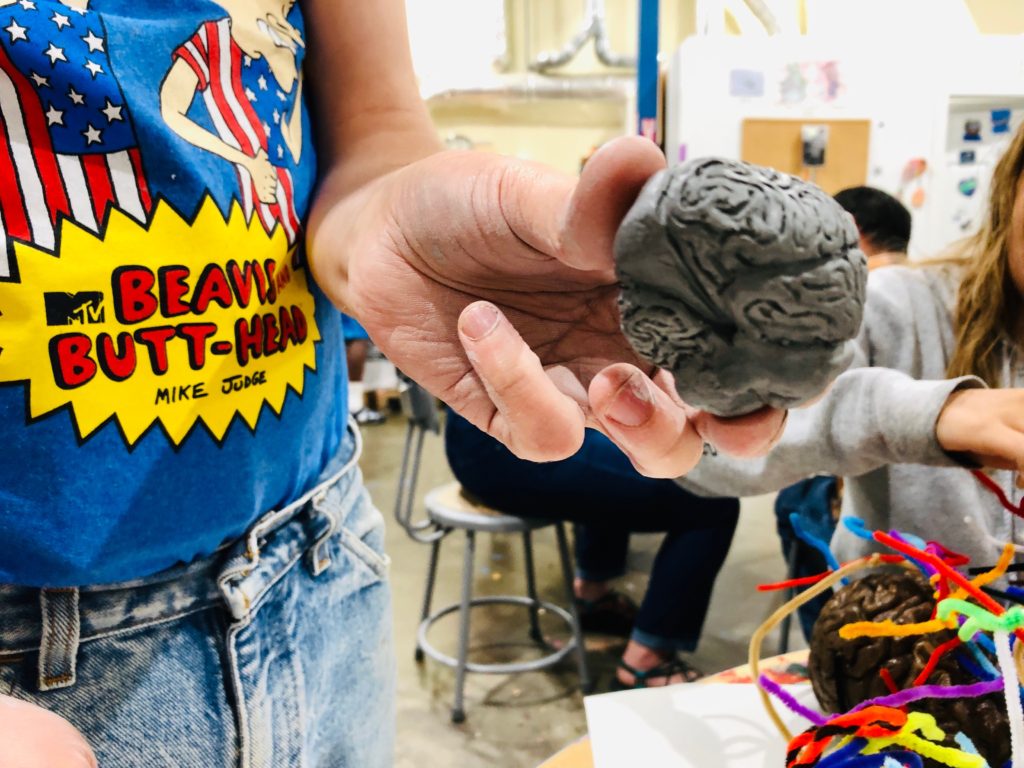

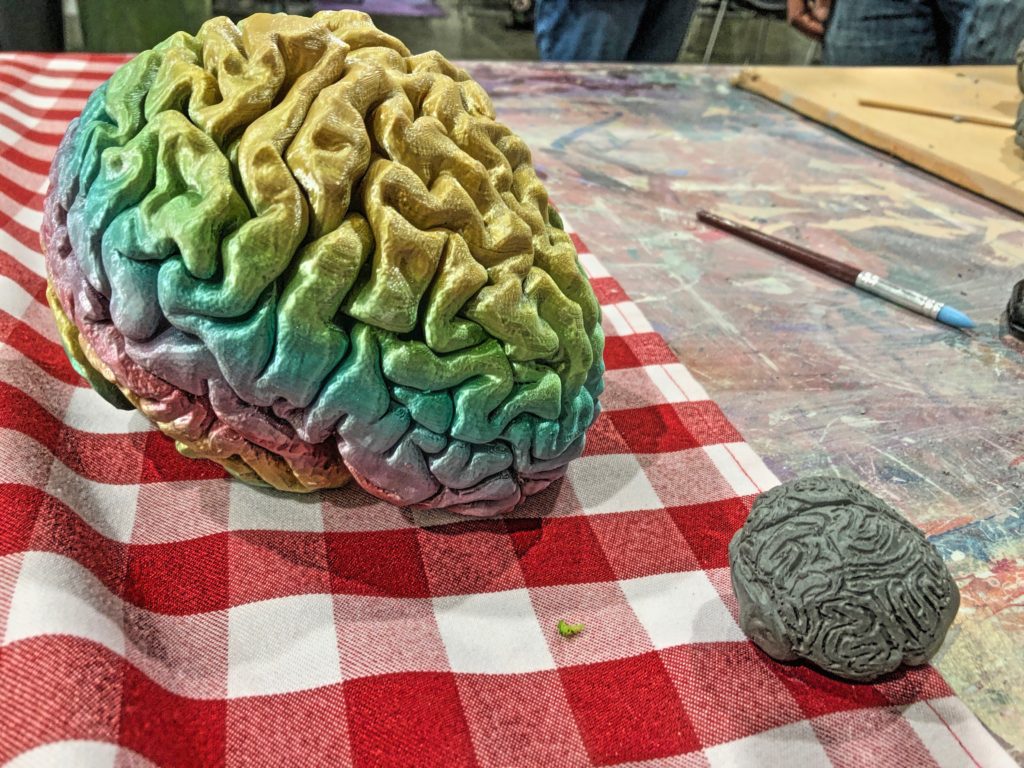
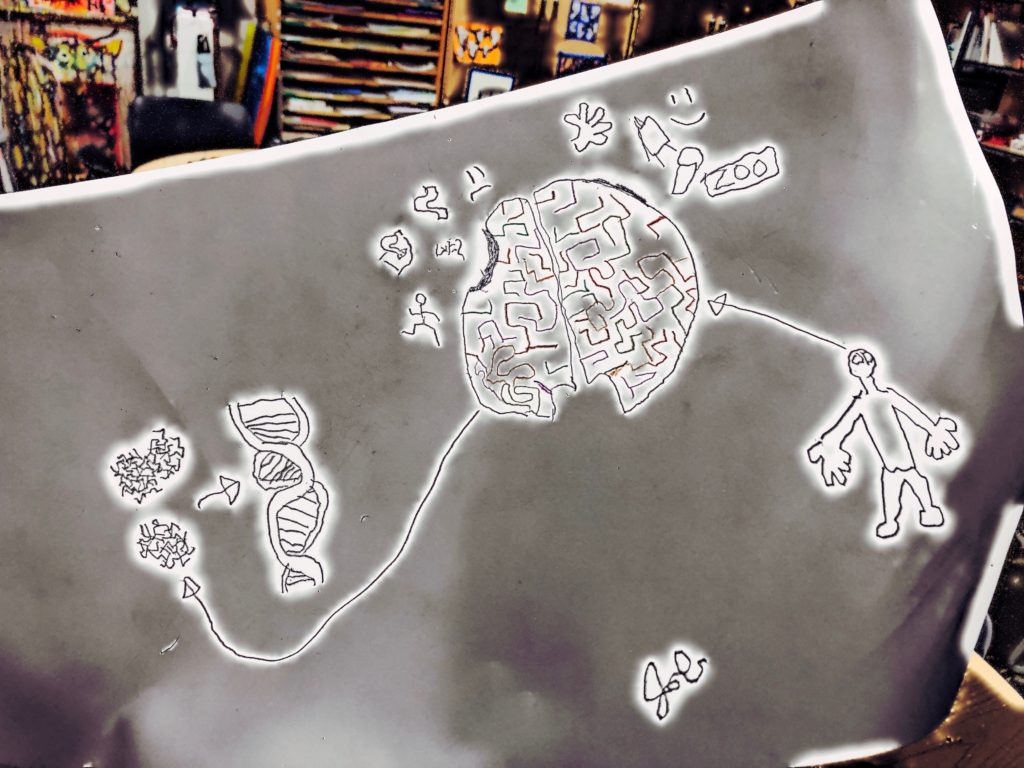
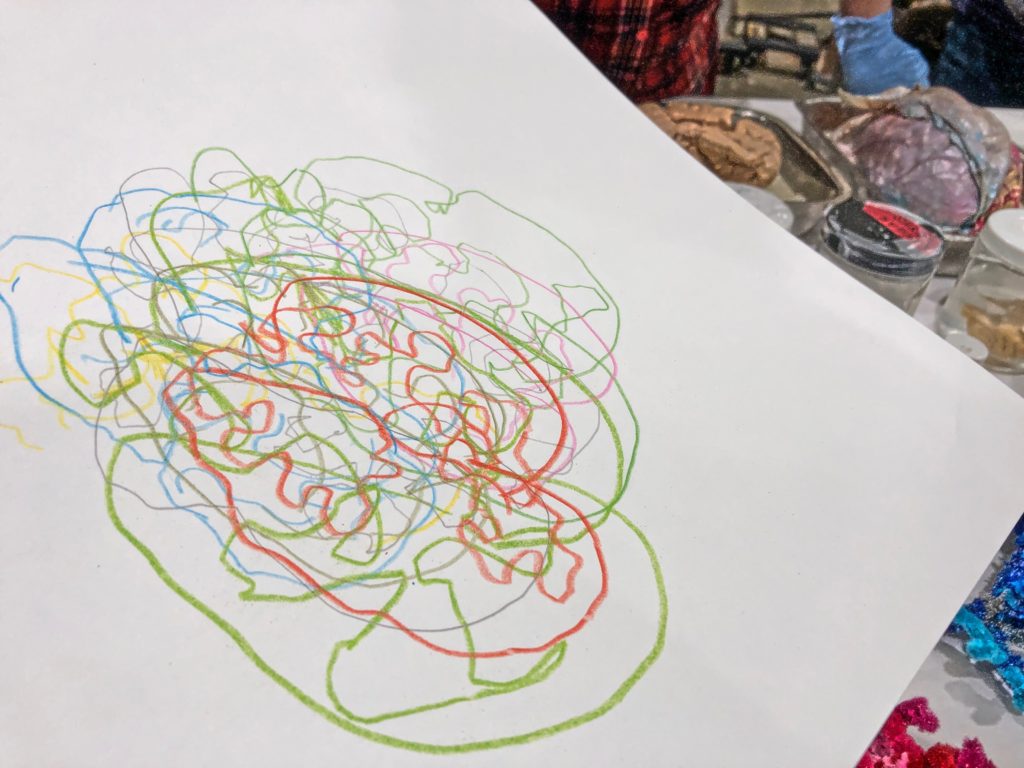
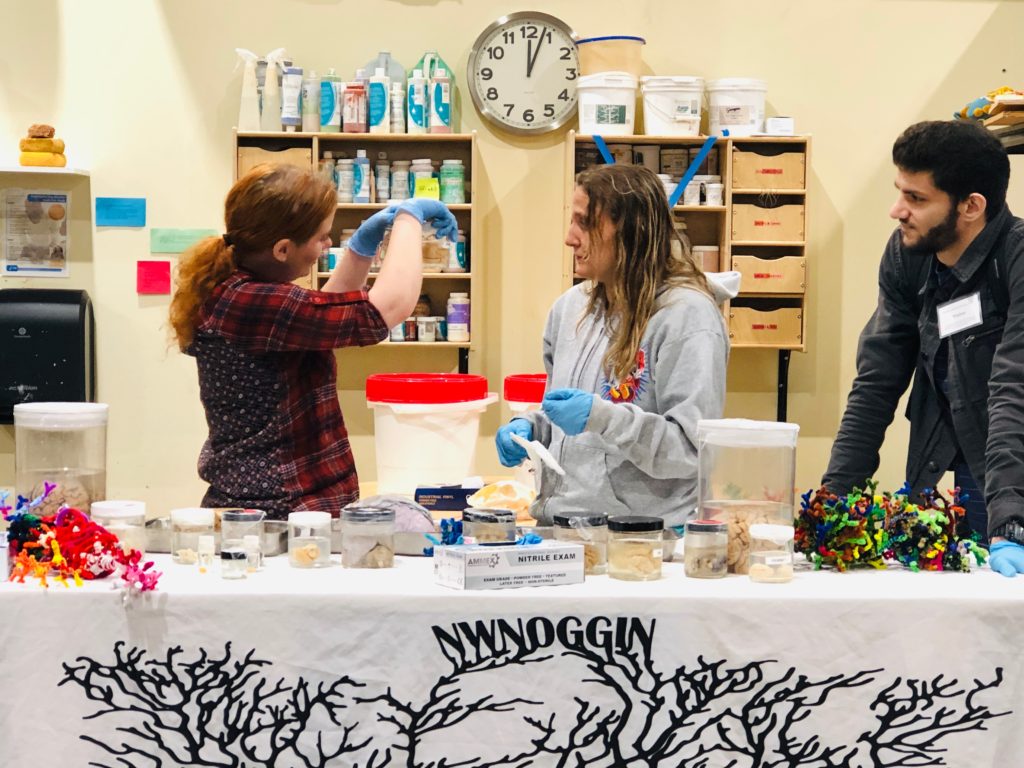
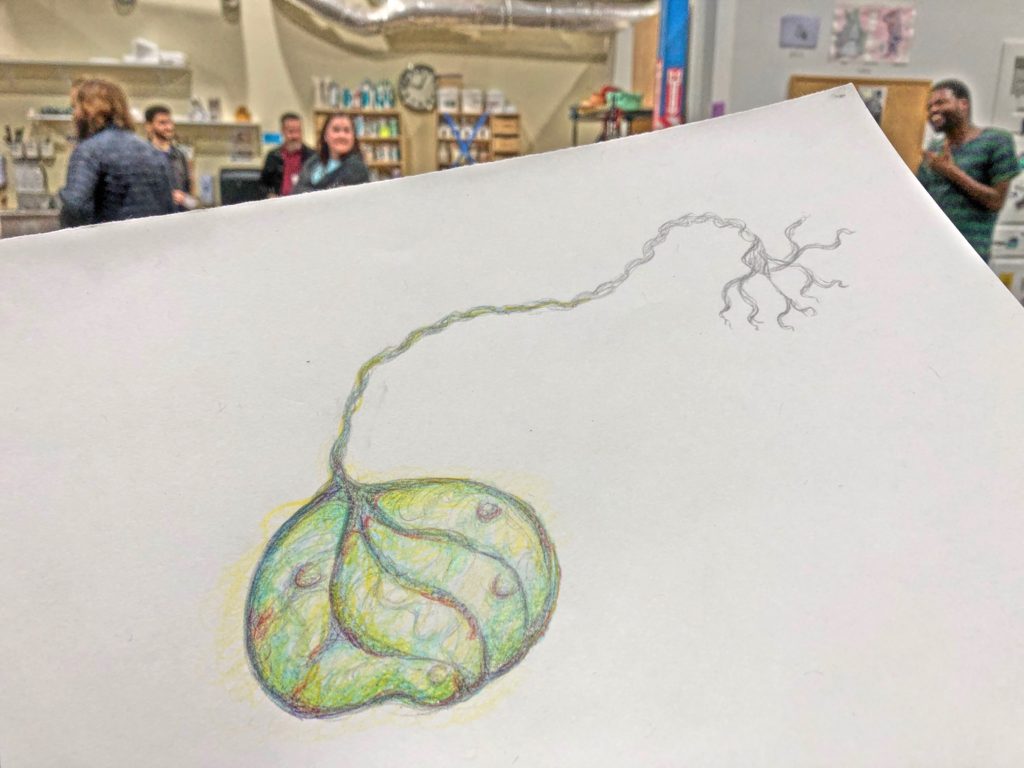
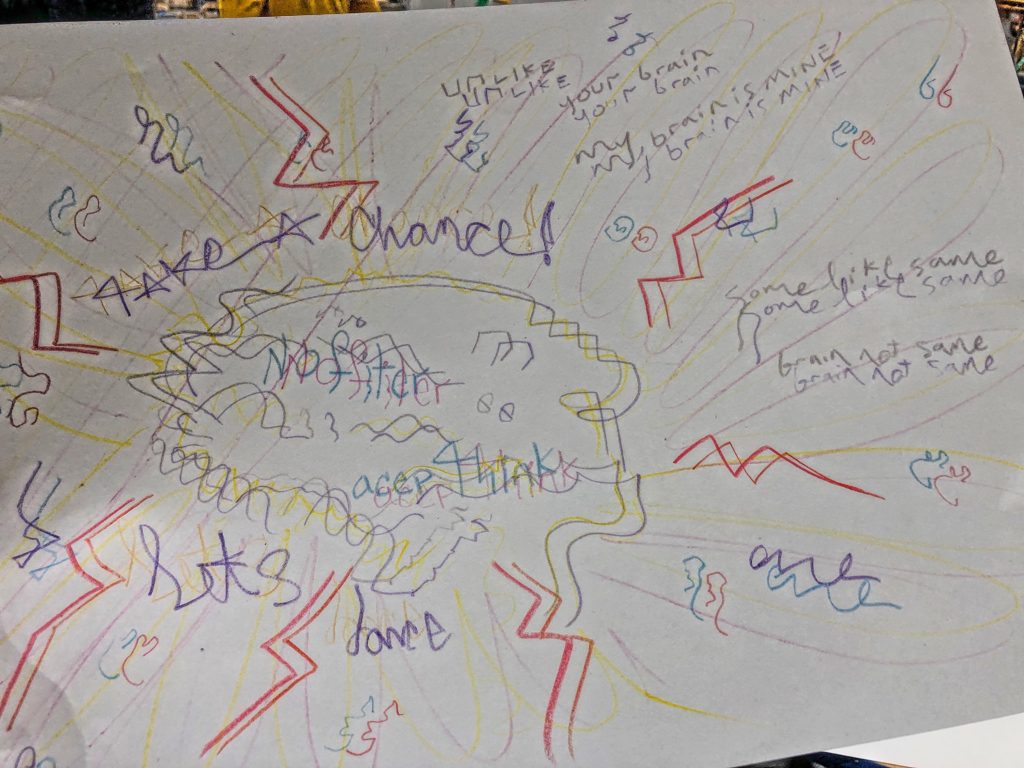
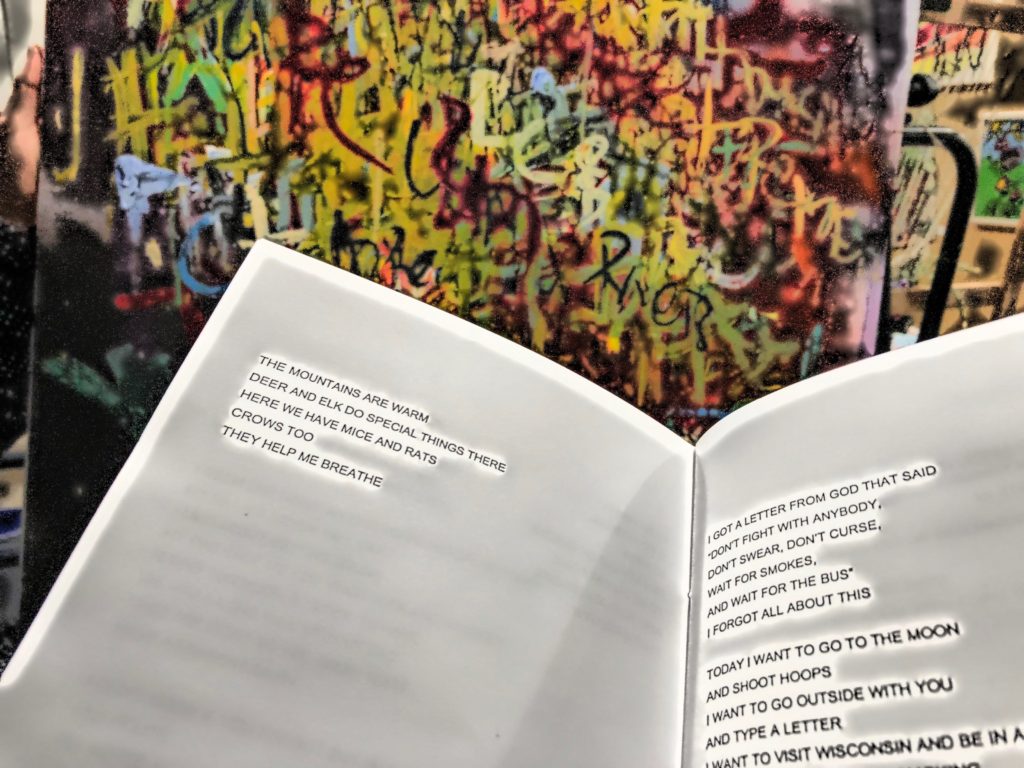
If you haven’t discovered PALS artist A. Hutchinson, you are missing out…
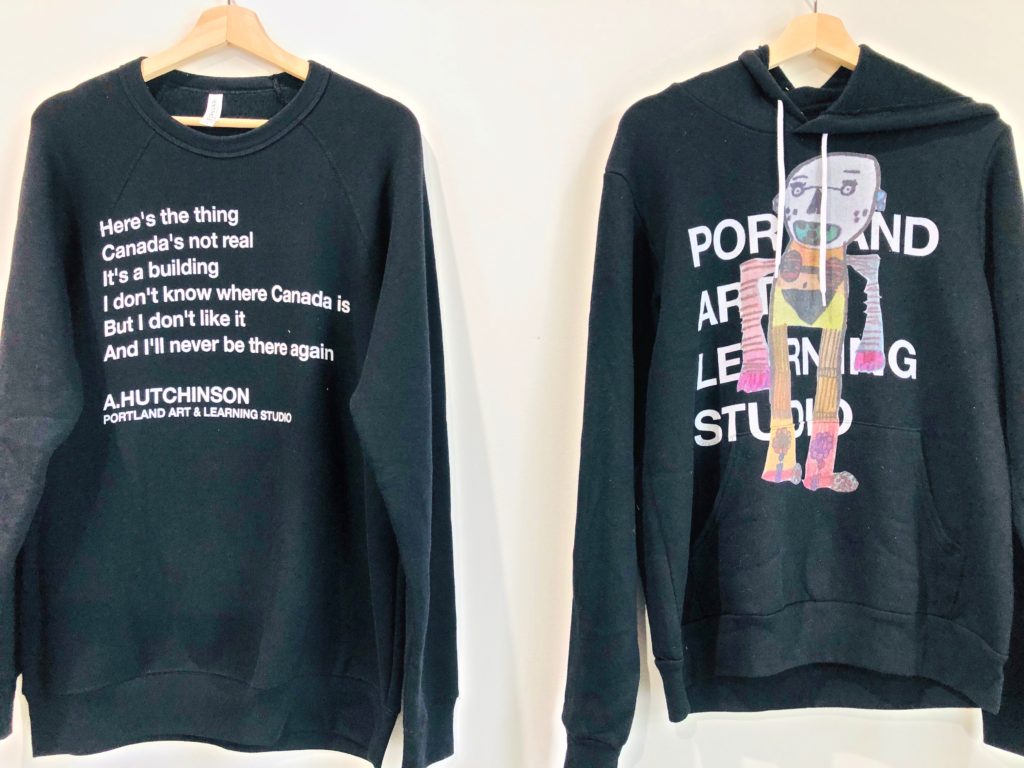
Such an exhilarating morning! We are deeply indebted to Daniel Rolnik, Chandra Glaeseman and all the artists at PALS, and to Mike Murawski from the Portland Art Museum who brought us together!
From Daniel: “THANK YOU SO MUCH!!!! TODAY WAS INCREDIBLE!!!!!!!!!!!!!!!! BEST DAY EVER!!!!!!!!!!!!!!!!!! THE ARTISTS LOVED IT! THE STAFF LOVED IT!!!!!! I LOVED IT!!!!!!!!!! Let me know how I can help you guys out with anything and when you can come back to the studio!!! BRAINS!!!!!!!!!!!!!!!!!!!!!!!!!!!!!!!!!!!!!!!!!!!!!!!!!!!!!!!!!!”
We can’t wait to return!
LEARN MORE: The Portland Art & Learning Studio Encourages Diverse Projects by Artists with Disabilities


